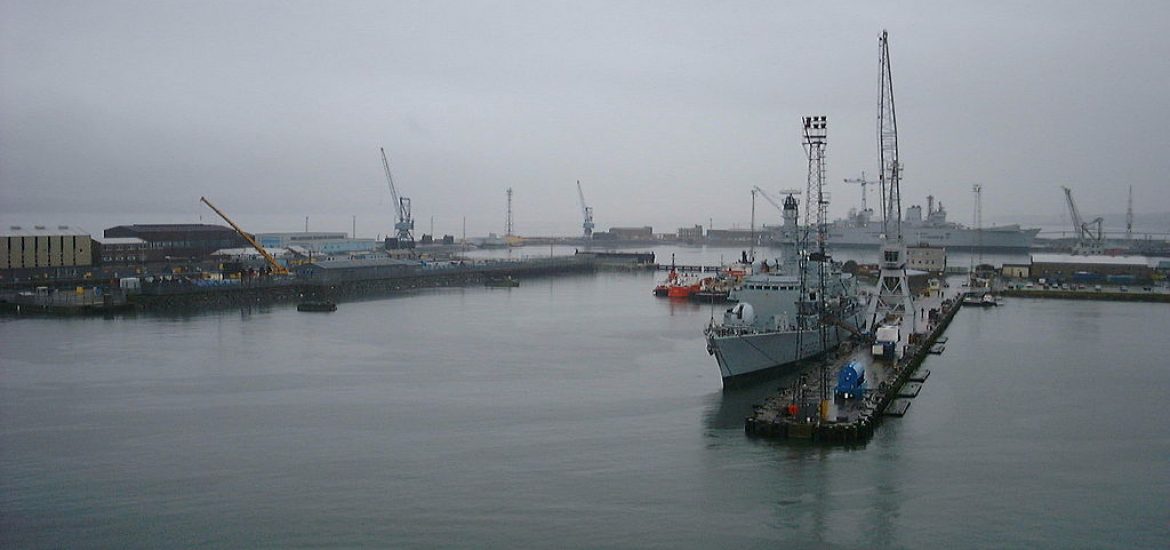
A consortium in Scotland says it is developing the world’s first tidal energy testing centre to carry out large-scale accelerated testing of renewable projects to speed up the development of the neglected area of wave energy.
Around 50 per cent of Europe’s wave energy infrastructure is already in UK waters, and an estimated 25 per cent of sites suitable for tidal energy projects lie around the Scottish coast. If fully developed, tidal resources could produce 10 gigawatts (GW) for the UK with new wave energy sites adding an extra 15GW, according to a Scottish government report, Maximising the Marine Economy in the Highlands and Islands.
“The UK’s wave and tidal energy sector is expected to grow sharply, given the right support,” the report said. “New technology is being developed and tested in the region and there is a need to optimise its value.
However, the dated infrastructure to get the energy to market is inhibiting production, innovation, testing and development.”
Marine researchers plan to replicate real-world environments at the US$3.1 million tidal testing Fastblade centre in Rosyth (pictured), built in collaboration between Babcock International and the University of Edinburgh.
Babcock is the principal designer and host of the site.
The centre said it would use hydraulic technology developed by spin-off company Artemis Intelligent Power (API) to test structures much faster, using less energy than others elsewhere.
Tidal power or wave energy is thought to have massive potential but is currently little used.
Fastblade’s measurement systems plan to study damage accumulation to tidal designs and improve structures via data-led design.
Tidal blades often use composite materials to withstand high-fatigue loads in harsh conditions for up to 20 years.
The failure of the £1.3 billion Swansea Bay Tidal Lagoon project prevented the implementation of the first tidal lagoon power station. It was rejected by the London government last year due to rising costs.
But Swansea Bay in South Wales may still host a tidal power project, according to the city council, which said there was private business interest. A plant with 16 hydro turbines and a 9.5km breakwater wall is projected to be capable of generating enough energy to power 155,000 homes for 120 years.
In theory, the technology could be exported, making Britain a world leader in tidal power and the broader renewable sector.
Rob Stewart, leader of Swansea Council, said: “We are exploring whether the lagoon can be delivered through a private sector-led development that doesn’t rely on government or local government subsidy to pay for it. The response from companies has been encouraging and we have high levels of interest from very credible companies.”
Rosyth. Picture credit: Wikimedia





